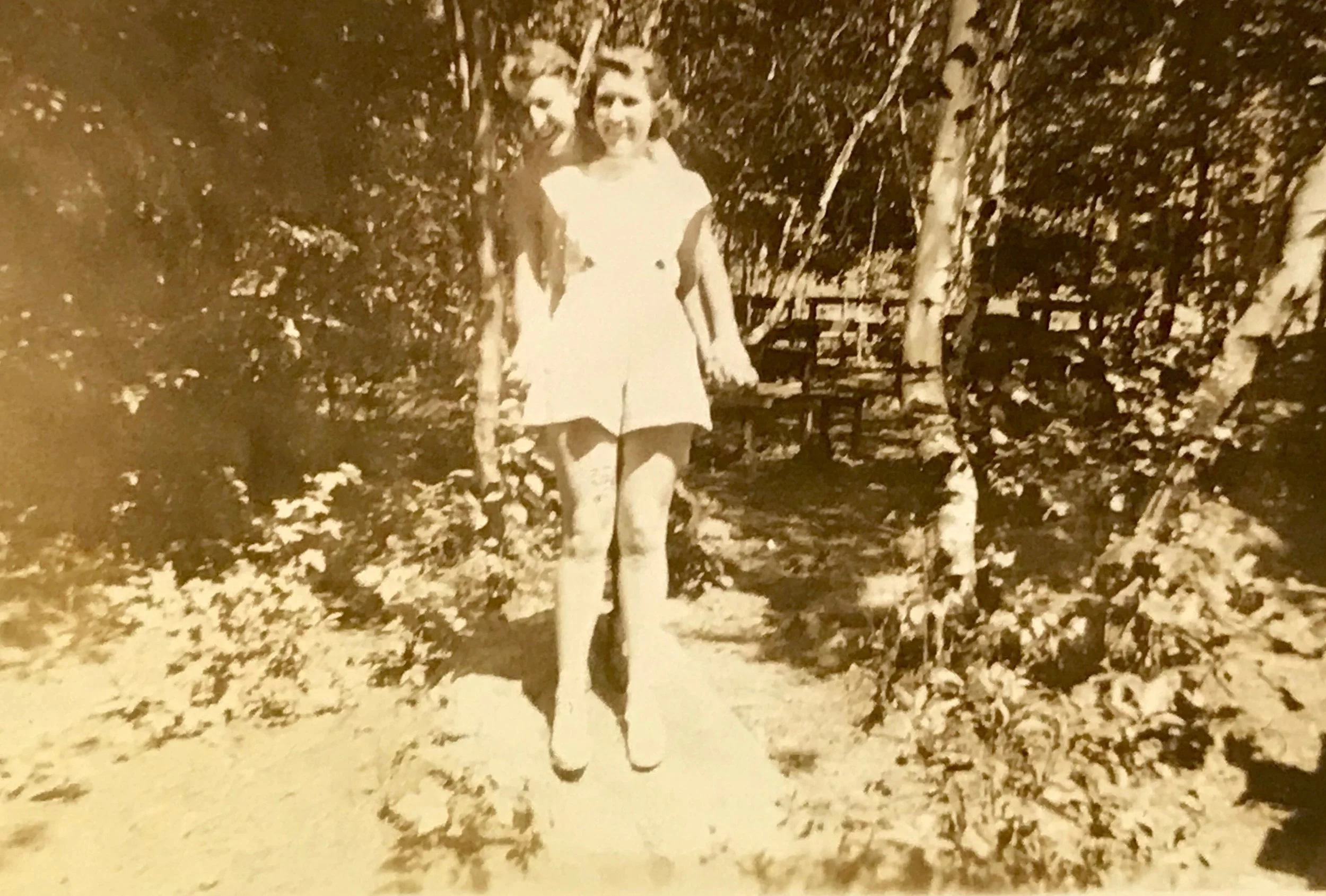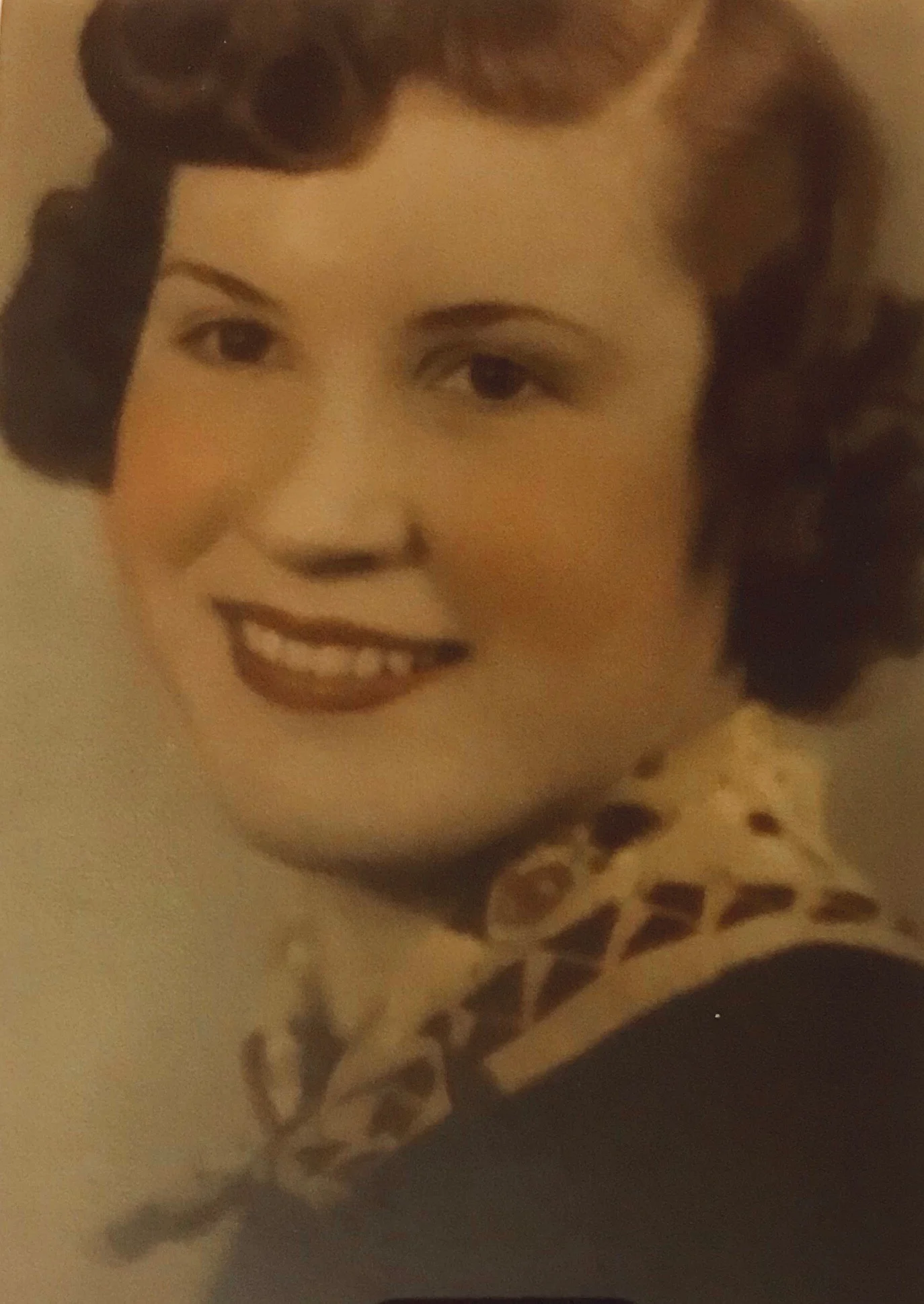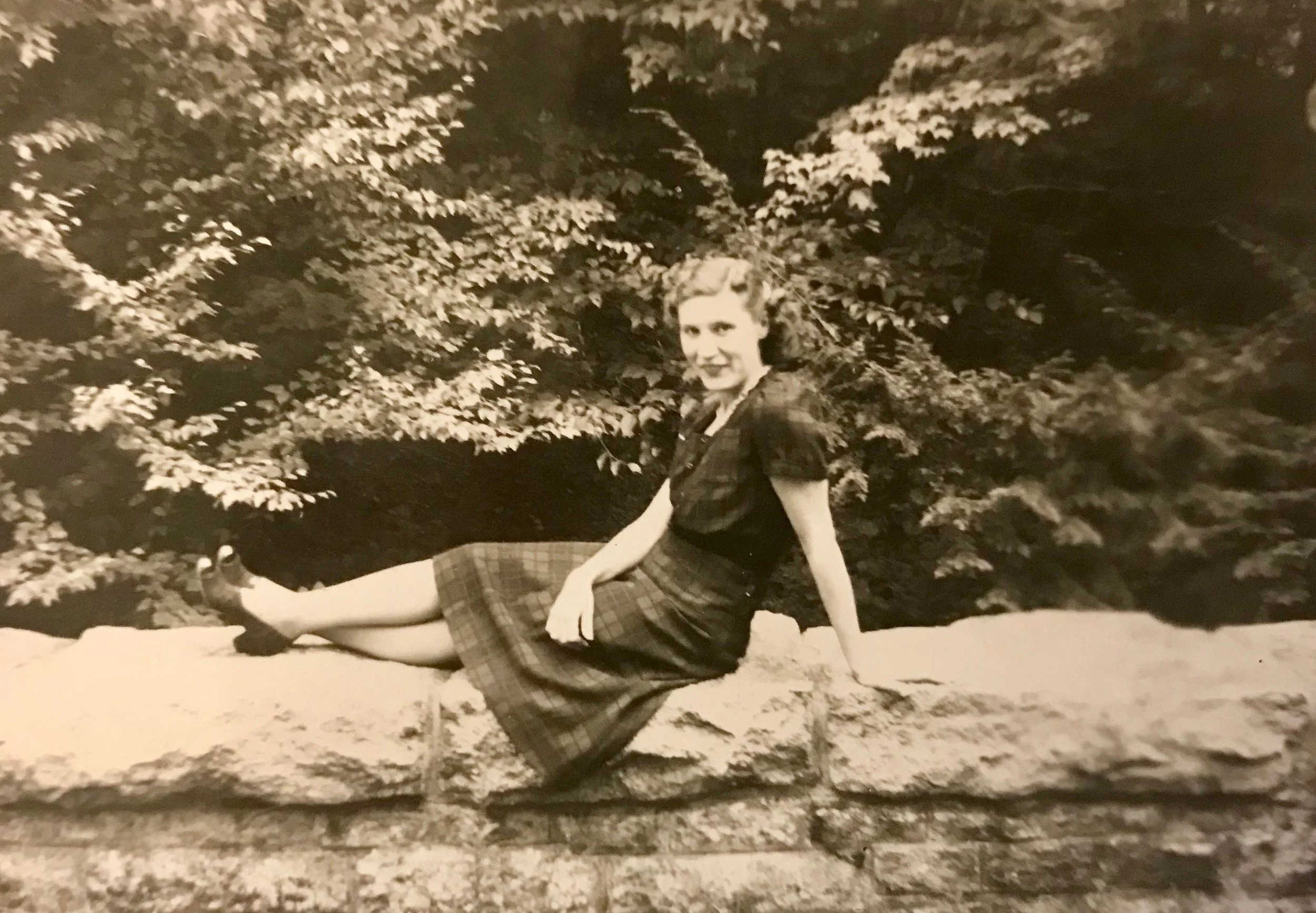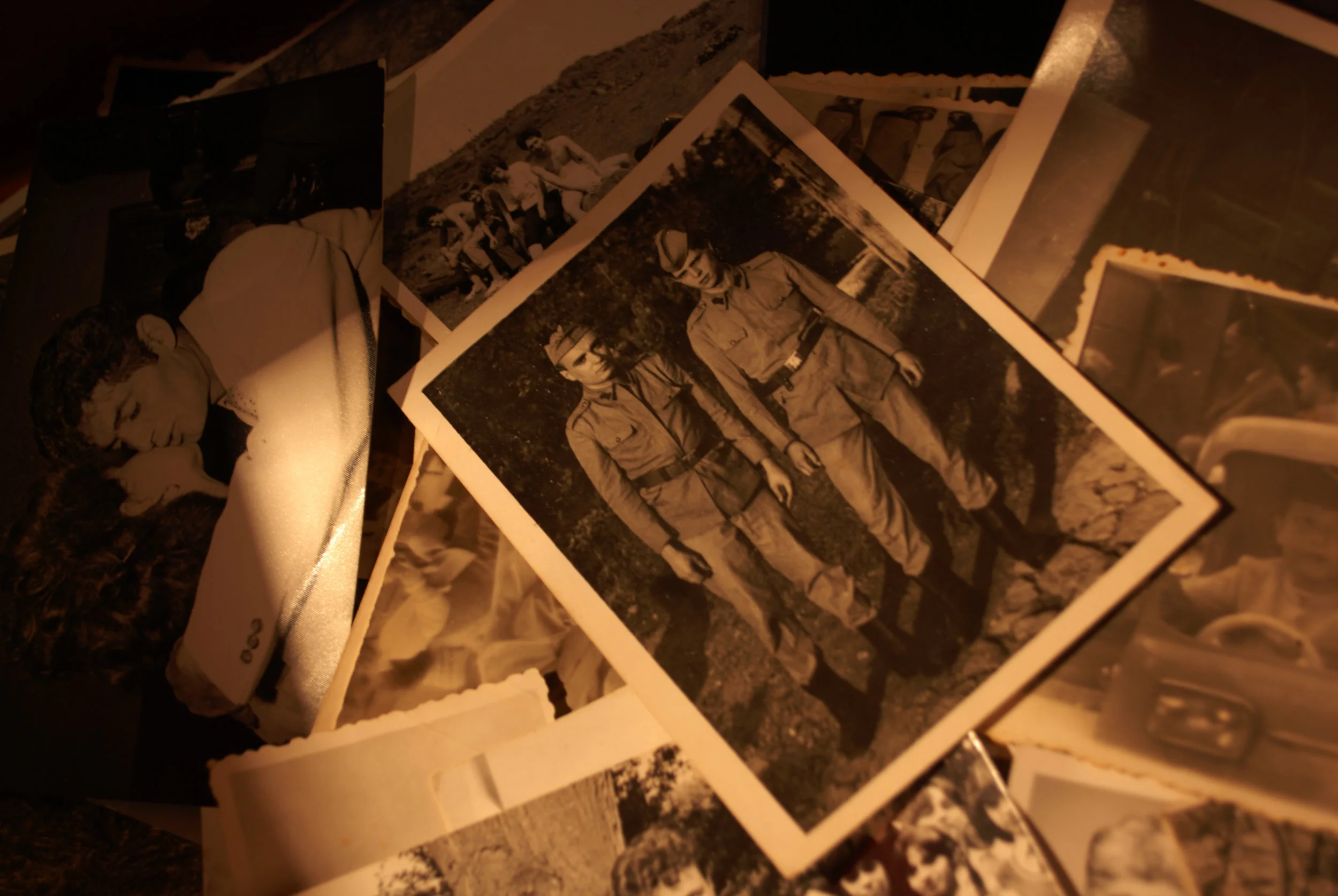The best thing you can do for your career is to write. Whatever your profession, there are opportunities to share your experiences, offer tips and tricks, and promote yourself through words. Writing is also an excellent way to brand yourself online, especially if you are looking for a new job or changing careers.
Letter #8: Very Truly Yours
I'm continuing my series of scanning, transcribing, and annotating my grandfather's love letters to my grandmother leading up to their marriage in June 1940. The letters are chronologically organized and preserved, using the methods I discuss in detail in my book, Creating Family Archives: How to Preserve Your Papers and Photographs.
In the eighth letter in this series, Grandpa seems like he's making up for not coming home the previous weekend. It's the first four-page letter in the series, and he discusses what he did while he stayed in town.
Letter #7: Your Ever Faithful Sweetheart
I'm continuing my series of scanning, transcribing, and annotating my grandfather's love letters to my grandmother leading up to their marriage in June 1940. The letters are chronologically organized and preserved, using the methods I discuss in detail in my book, Creating Family Archives: How to Preserve Your Papers and Photographs.
The seventh letter in this series raises many questions. Why is Otto's paycheck so secretive? Why is it coming from New York? Who was Charles (Grandpa's brother) visiting on Butter Street? What are the other things Grandpa will do once he gets home? Most importantly, will Ray and Otto come home for the weekend or not?!
Book Review Bonanza
In the course of my professional life, I've read many books about archives, libraries, and information management issues to keep abreast of the field. I thought I'd share some of my favorite books and reviews with you. Just click on the book title that interests you, and you'll be able to download my review.
Letter #6: We Belong to Each Other
I'm continuing my series of scanning, transcribing, and annotating my grandfather's love letters to my grandmother leading up to their marriage in June 1940. The letters are chronologically organized and preserved, using the methods I discuss in detail in my book, Creating Family Archives: How to Preserve Your Papers and Photographs.
In this letter, Grandpa returns from his weekend trip to Paterson. He drove down with Otto (I'm assuming) on Friday night after work and returned on Sunday night. I wonder what Grandma and Grandpa did while he was in town? Did they see at show at the Fabian Theater?
Interrogating Documents with 16 Questions
When I teach my Research Methods students, I often ask them to interrogate their primary sources. When you’re working with documents—whether manuscripts from the 17th century or blog posts that were published minutes ago—you need to analyze them like detectives. Nothing should be taken at face value. Often, this means that a document may need to be read several times to unravel its meaning.
Letter #5: Morning, Noon, and Night
I'm continuing my series of scanning, transcribing, and annotating my grandfather's love letters to my grandmother leading up to their marriage in June 1940. The letters are chronologically organized and preserved, using the methods I discuss in detail in my book, Creating Family Archives: How to Preserve Your Papers and Photographs.
In this letter, Grandpa returns from his weekend trip to Paterson. He drove down with Otto (I'm assuming) on Friday night after work and returned on Sunday night. I wonder what Grandma and Grandpa did while he was in town? Did they see at show at the Fabian Theater?
Letter #4: Man of Action
I'm continuing my series of scanning, transcribing, and annotating my grandfather's love letters to my grandmother leading up to their marriage in June 1940. The letters are chronologically organized and preserved, using the methods I discuss in detail in my book, Creating Family Archives: How to Preserve Your Papers and Photographs.
In his fourth letter, Grandpa seems to be all business. He's getting used to working in the factory and is looking forward to taking on new projects and learning new skills. He seems a bit distracted by the amount of work that's ahead of him. I think it's his way of saying that he's working very hard and earning as much money as he can. It seems odd that the check would be sent home to his father, but perhaps that was because Grandpa had just gotten settled into his boarding house.
Letter #3: Sweeter Than Sweet
I'm continuing my series of scanning, transcribing, and annotating my grandfather's love letters to my grandmother leading up to their marriage in June 1940. The letters are chronologically organized and preserved, using the methods I discuss in detail in my book, Creating Family Archives: How to Preserve Your Papers and Photographs.
In Grandpa's third letter, he's feeling homesick. The weather is bad, he's breaking out, his money may run out, and the theater in town doesn't compare to the one at home.
How to Analyze Historic Photographs
Photographs contain a wealth of information, but you need to build your visual literacy to extract clues. The social history context that photographs provide is especially important for groups who have historically not been represented in text-based archival collections, such as women or people of color. I've gathered some of the techniques I use when conducting historical analysis of photographs.














